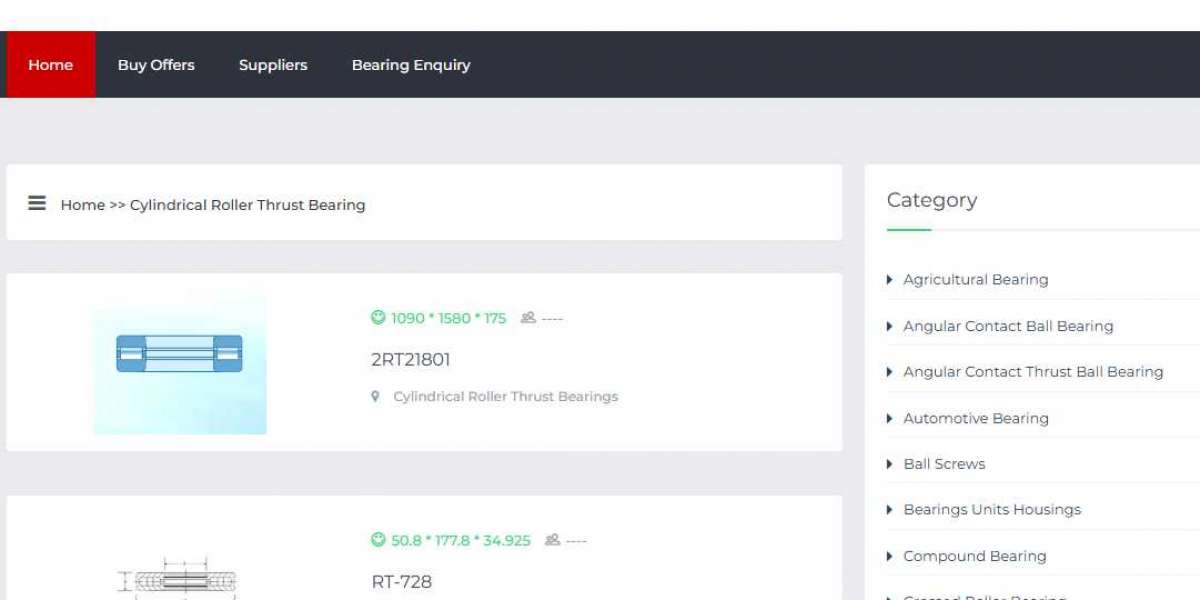Silent Heart Attack: Understanding the Hidden Threat
Introduction
A silent heart attack is a heart attack that occurs with little to no noticeable symptoms. Unlike a typical heart attack, which often presents with chest pain, shortness of breath, or sweating, a silent heart attack can go undetected until much later. This makes it especially dangerous, as the heart may suffer damage without timely treatment.
What is a Silent Heart Attack?
A silent heart attack, also known as silent myocardial infarction (SMI), happens when blood flow to a part of the heart is blocked, but the symptoms are so mild or atypical that the person may not realize they are having a heart attack. Often, the event is only discovered through medical tests such as an electrocardiogram (ECG) or imaging.
Causes of Silent Heart Attacks
The primary cause of a silent heart attack is coronary artery disease (CAD), where plaque builds up in the arteries, restricting blood flow to the heart. Key risk factors include:
High blood pressure
High cholesterol
Diabetes
Smoking
Obesity
Family history of heart disease
Sedentary lifestyle
Symptoms of Silent Heart Attack
Many people with a silent heart attack experience vague or mild symptoms that are easy to ignore:
Mild chest discomfort or pressure
Fatigue
Heartburn or indigestion-like sensation
Discomfort in the neck, jaw, or back
Dizziness or lightheadedness
Cold sweats
Nausea
Often, these symptoms are misinterpreted as less serious conditions, which delays proper diagnosis.
Why Are Silent Heart Attacks Dangerous?
Undetected Damage: The heart can be permanently damaged without treatment.
Higher Risk of Future Events: People who have had a silent heart attack are at increased risk for another, potentially more severe heart attack.
Lack of Treatment: Without realizing it, individuals miss out on critical lifestyle changes and medical interventions that could prevent further cardiac issues.
Diagnosis
Silent heart attacks are typically detected through:
Electrocardiograms (ECG/EKG)
Echocardiograms
Cardiac stress tests
Blood tests to check for markers of heart muscle damage
Prevention
Regular health check-ups, especially if you have risk factors
Managing blood pressure, cholesterol, and diabetes
Maintaining a healthy weight and diet
Regular physical activity
Avoiding smoking and limiting alcohol intake
Conclusion
A silent heart attack is a serious medical event that can occur without warning. Awareness, regular medical screenings, and understanding your risk factors are essential to prevention and early detection. By paying attention to subtle symptoms and prioritizing heart health, individuals can reduce the chance of silent heart attacks and improve long-term outcomes.








